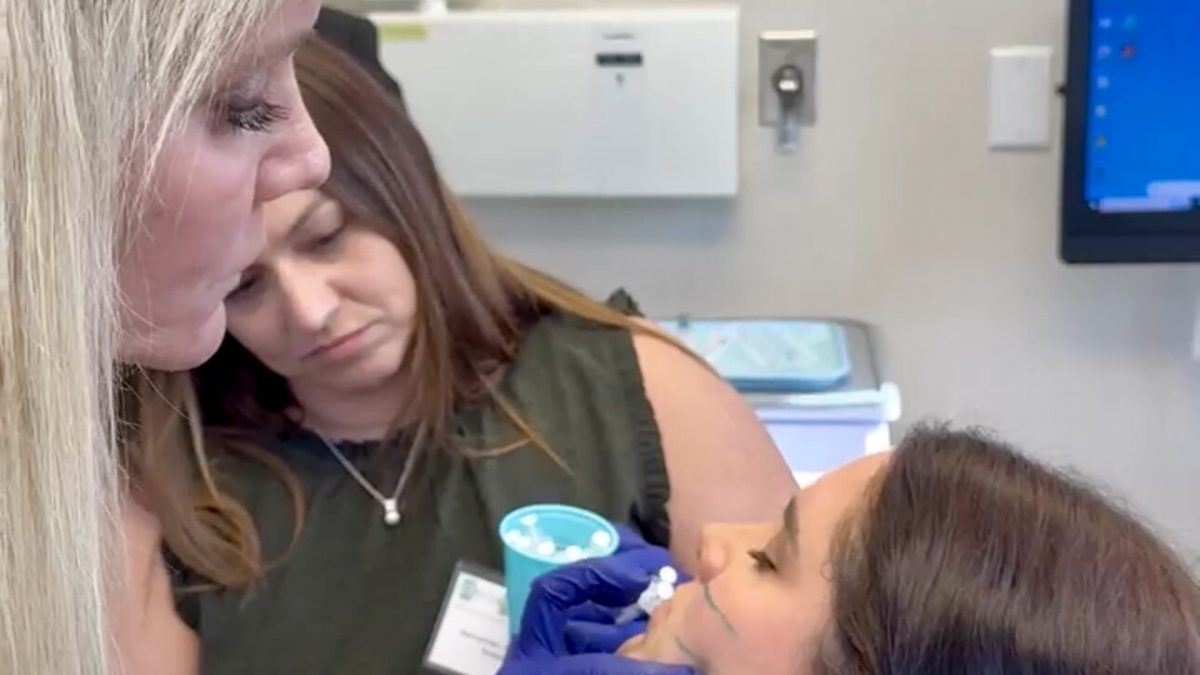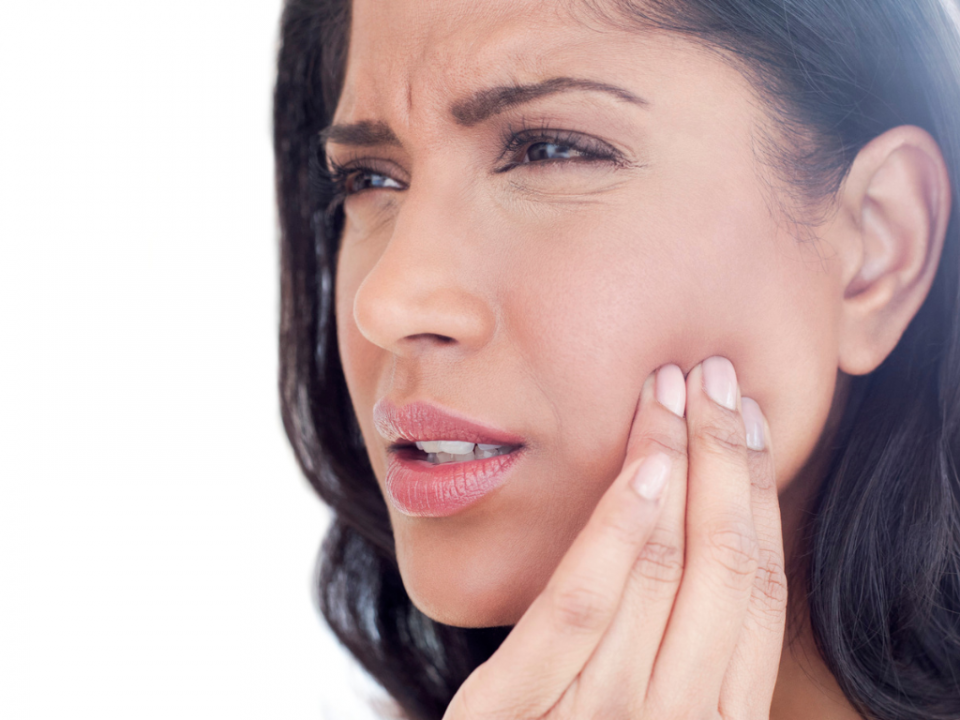
Does Botox Help TMJ?
February 29, 2024
Transform Your Smile With Cosmetic Dentistry
November 4, 2024Key Takeaways:
Preparation Is Key:
Preparing for Botox treatment in dentistry involves more than scheduling an appointment – it requires thoughtful preparation to achieve optimal results while creating an enjoyable experience.
Botox for Therapeutic Applications in Dentistry:
Botox has more therapeutic uses in dentistry than just aesthetic enhancement. From treating TMD and chronic migraines to relieving orofacial pain and chronic migraines, it has revolutionized how dental problems are managed, offering patients improved function and comfort.
Preparation Tips for Successful Botox Treatment:
To ensure a successful Botox treatment, patients must follow specific preparation tips before their session. These steps include abstaining from alcohol and caffeine before the appointment, arriving with clean, makeup-free skin, limiting sun exposure, and resting adequately after their sessions.
Preparing for Botox treatment in dentistry is more than just making an appointment; it also takes careful planning and understanding to achieve the best outcomes and a pleasant experience. Appropriate preparation is essential whether you want Botox for therapeutic relief or cosmetic enhancement. In this detailed guide, we’ll review the necessary measures on how to prepare for Botox treatment in a dental environment.
Botox, made from a neurotoxin generated by the bacterium Clostridium botulinum, temporarily erases wrinkles and fine lines by paralyzing facial muscles. While the treatment is generally short and uncomplicated, prior preparation is required to provide the best results and limit any hazards.
Understanding How Botox Works
While Botox is well-known for its cosmetic benefits, it also has therapeutic use in dentistry for various conditions affecting face muscles and jaw function. Dentists are often the first to recognize early symptoms of various dental conditions due to their extensive knowledge of the head and the face.
Botox can be used to treat facial pain, severe teeth grinding, gummy smiles, and even migraine headaches.
Botox works by preventing the release of acetylcholine, a neurotransmitter responsible for muscle contraction, at the neuromuscular junction. Botox temporarily paralyzes or weakens the targeted muscle by suppressing its acetylcholine release, preventing it from contracting forcefully. Botox’s mode of action is used for medicinal applications.
Exploring Therapeutic Applications of Botox in Dentistry
Botox, a medication used in dentistry, has shown potential in managing dental disorders like TMD and TMJ, alleviating orofacial pain, and improving functional outcomes. Traditionally used for cosmetic purposes, its therapeutic potential has transformed how dental problems are managed, making it a valuable tool for dental practitioners.
TMJ and TMD Treatment
Temporomandibular joint disorders (TMD) refer to a collection of ailments that affect the temporomandibular joint (TMJ), which joins the jawbone and the skull. TMD can cause pain, discomfort, and dysfunction in the jaw joint and associated muscles, resulting in various symptoms, including jaw pain, clicking or popping noises during jaw movement, trouble chewing or opening the mouth thoroughly, and headaches. TMD is generally caused by a combination of conditions, including jaw misalignment, muscular strain, arthritis, and jaw joint injuries.
Botox injections can relax muscles around the TMJ, reducing muscle tension and spasms causing TMD symptoms. This treatment also relieves jaw discomfort and stiffness, allowing patients to open and close their jaws more comfortably, improving their quality of life, and enabling them to resume daily activities without discomfort.
A dentist has been properly trained in how the jaw functions, which makes them experts in TMJ disorders, Botox works only on the muscle, which means it would not help with true joint pain.
Orofacial Pain Relief (Trigeminal Neuralgia, Chronic Migraines, Bruxism)
Botox therapy relieves orofacial pain by targeting specific muscles and nerves involved in generating and transmitting pain. It temporarily prevents the production of acetylcholine, a neurotransmitter that causes muscle contractions, thereby relaxing tense muscles and reducing muscle spasms.
Trigeminal neuralgia is a chronic pain disorder characterized by severe, stabbing pain along the trigeminal nerve branches. It can be alleviated by injecting Botox into specific trigger points and nerve terminals, blocking pain signal transmission.
Chronic migraines are severe headaches with orofacial pain, nausea, and sensitivity. Botox injections target muscle groups involved in migraine pathogenesis, providing long-lasting relief by lowering muscle tension and blocking pain neurotransmitter release. Research and approval for treating persistent migraines with orofacial pain components are ongoing.
Bruxism, a dental issue caused by teeth clenching and grinding, can lead to fractures, tooth damage, and jaw muscle wear. Botox injections can weaken the masseter and temporalis muscles, reduce the severity of clenching and grinding episodes, and reduce orofacial pain by limiting excessive muscular contraction, improving jaw comfort, and preventing further dental damage.
Essential Tips for Preparing for Botox Treatment
To ensure a successful Botox treatment, it’s crucial to be well-prepared, understand the therapy’s nuances, choose a licensed provider, and prepare your body and mind. Following these guidelines will boost your confidence, ensure overall well-being, and maximize outcomes for a positive Botox experience.
Avoid Alcohol and Caffeine Before Treatment
Before your Botox session, limit your alcohol and caffeine intake to prevent swelling and bruises at the injection site, which could affect the therapy’s appearance. Drinking water or herbal tea can help maintain skin resilience and health, smoothing the procedure. Limiting these substances can lead to better outcomes and reduce adverse effects.
Arrive To Your Appointment With Makeup Free Skin
To ensure the best Botox treatment, it’s crucial to have clean, makeup-free skin in the treatment area before injections to prevent interference or infection risks. This environment allows for confident and accurate injections, enhancing the treatment’s efficacy and safety and increasing patient satisfaction.
Avoid Sun Exposure
One of the most critical parts of getting ready for Botox treatment is avoiding the sun, especially on the days before your appointment. The sun’s damaging UV rays can cause some skin conditions that could compromise the safety and efficacy of your Botox injections.
Sunlight’s ultraviolet rays can cause skin damage, including sunburn, inflammation, and early aging. Sunburn can worsen Botox injection-related issues and impede healing, potentially leading to bruises or injection site edema, which can exacerbate post-treatment reactions.
Get Adequate Rest
Getting sufficient rest is crucial for Botox treatment preparation, as it enhances overall well-being and treatment outcomes. It aids in physical recuperation and promotes mental and emotional well-being, which are vital for successful Botox treatment.
Lack of sleep or exhaustion can impair your body’s capacity to mend and recover, potentially lengthening the healing process and raising the chance of post-treatment problems, including bruising or swelling.
Schedule Your Botox Appointment at Southview Dentistry
At Southview Dentistry, we recognize the value of holistic care that goes beyond typical dental procedures. That is why we are delighted to provide Botox treatments as part of our dedication to improving the health and appearance of our patients’ smiles.
If you’re ready to explore the benefits of Botox treatment at Southview Dentistry, we invite you to schedule a consultation with our experienced team. We’ll create a customized treatment plan to help you look and feel your best. Contact us today to book your appointment and take the first step towards a more confident and radiant smile.




